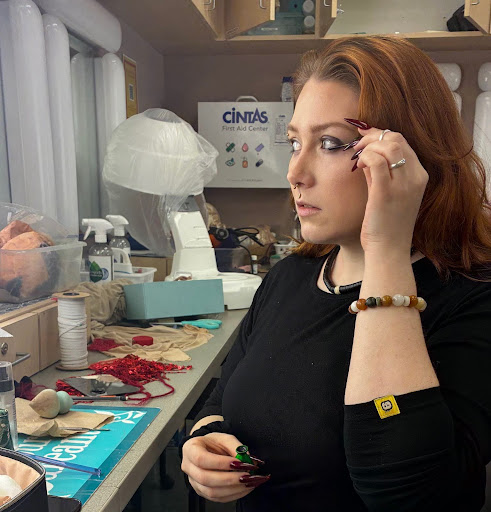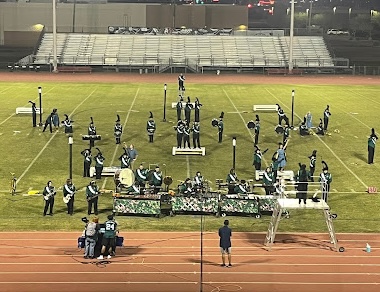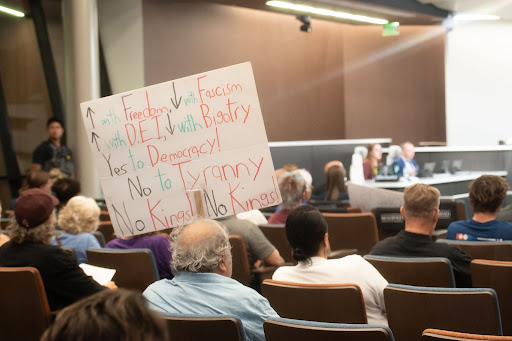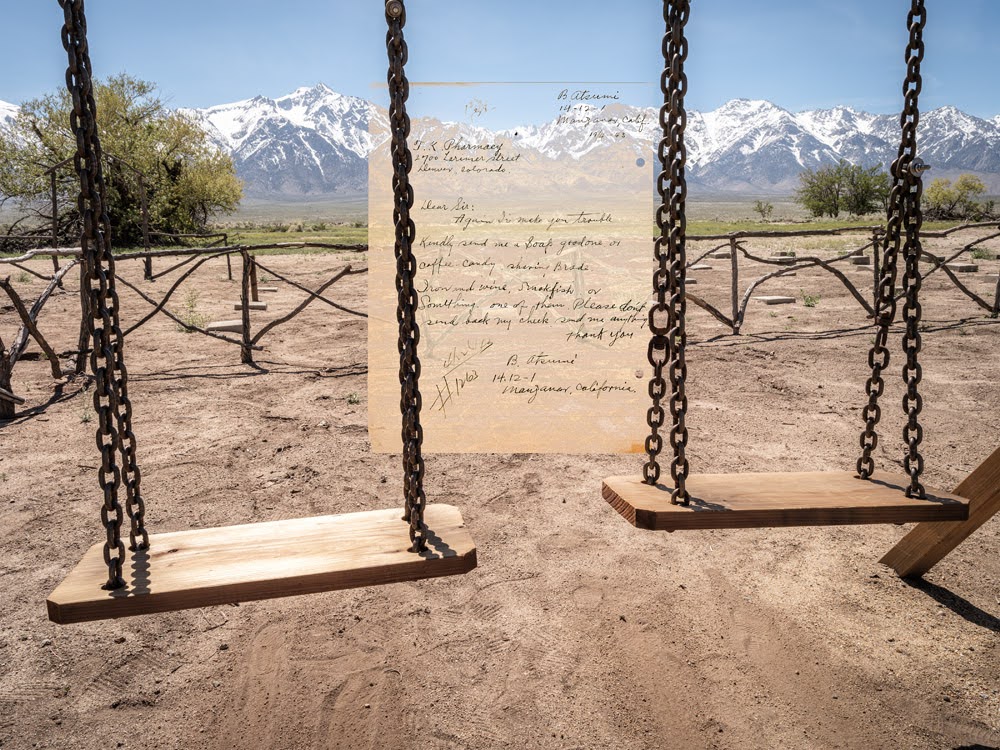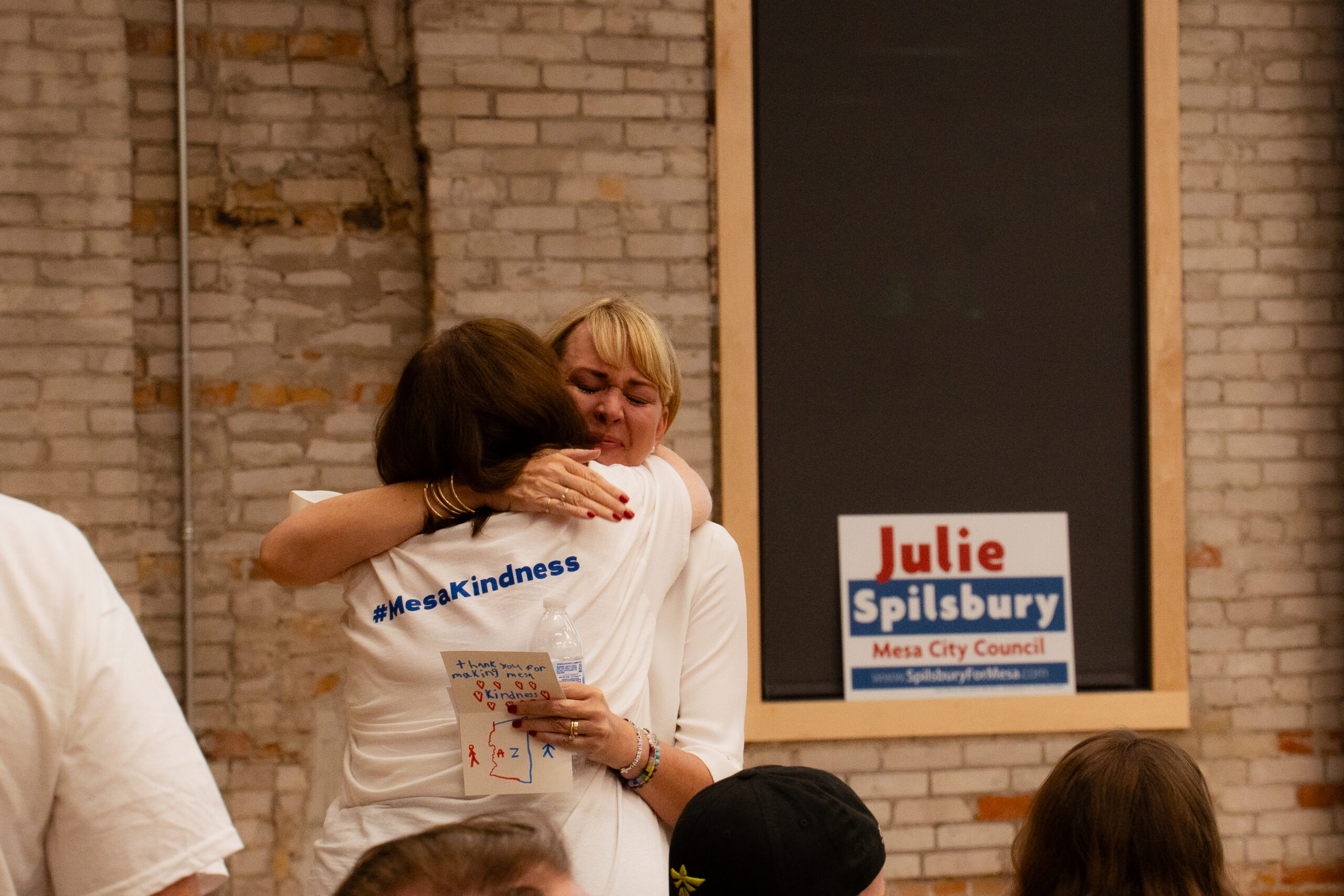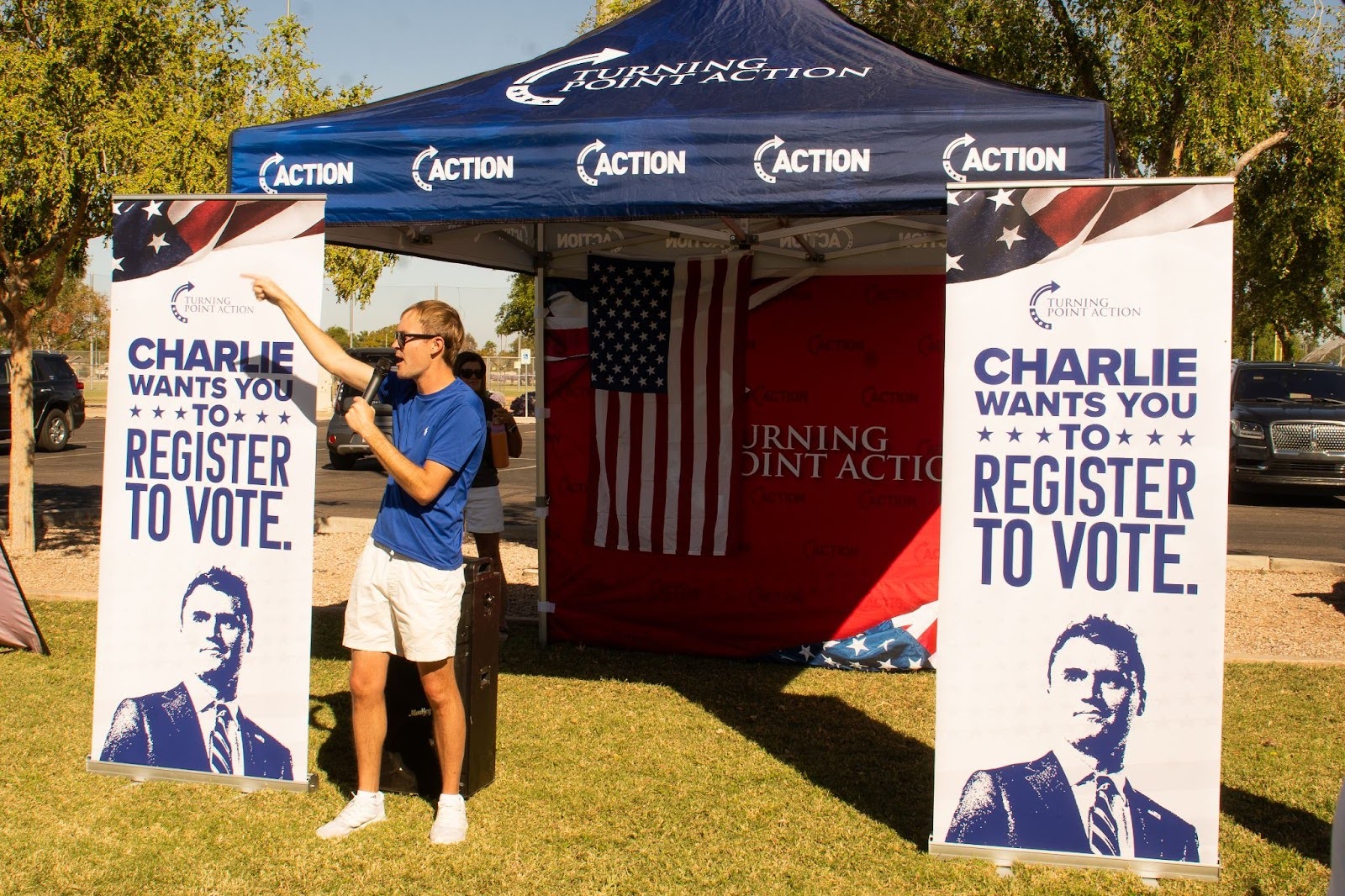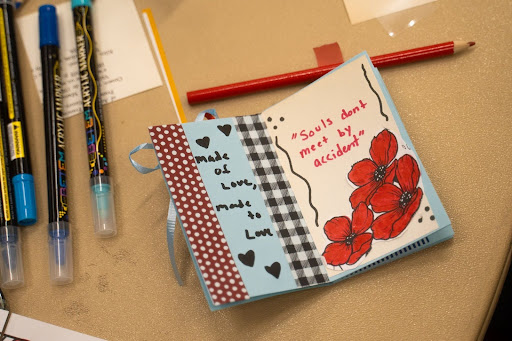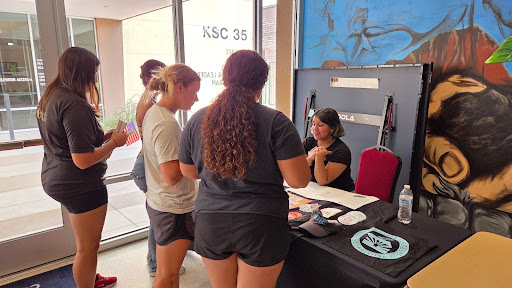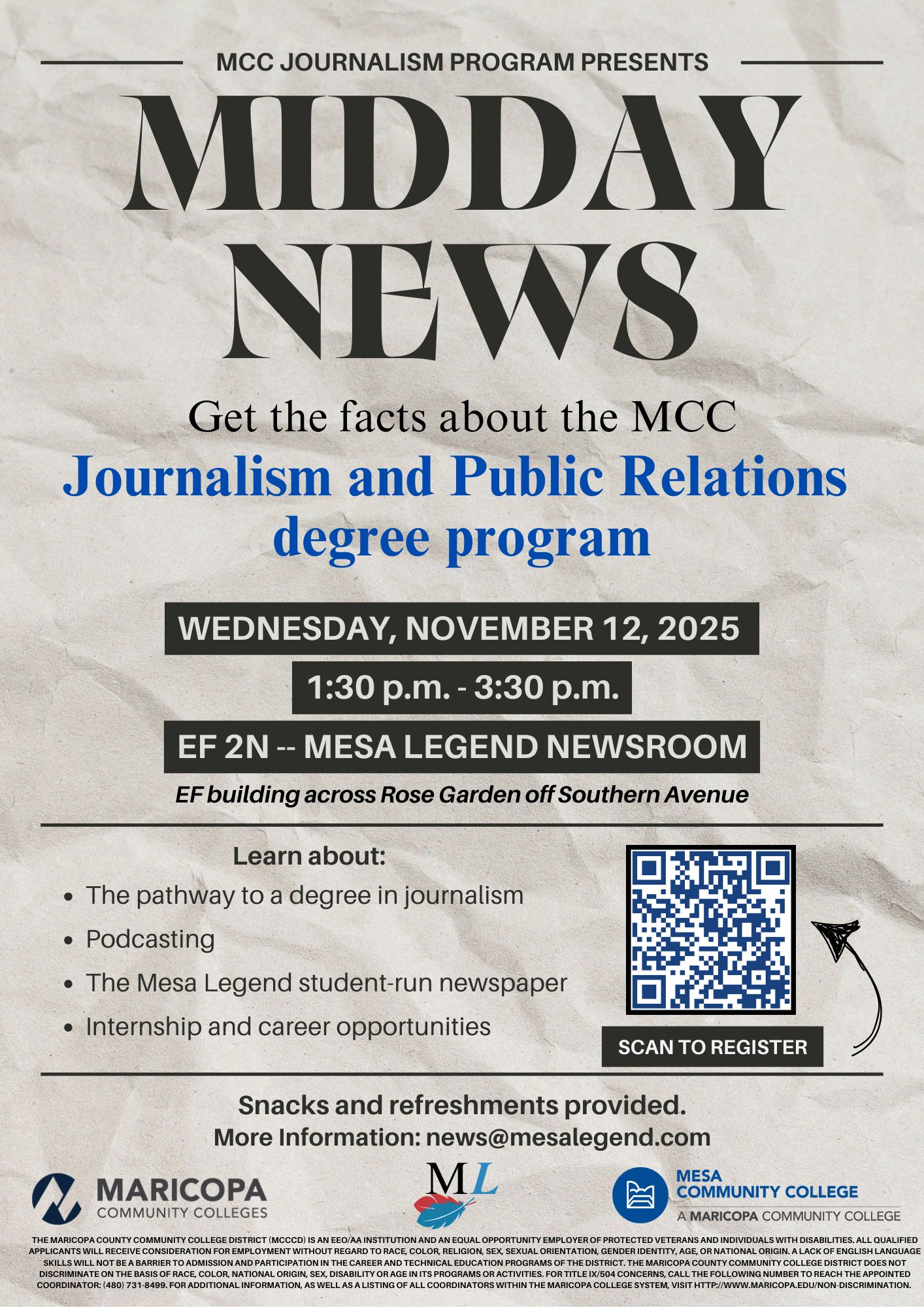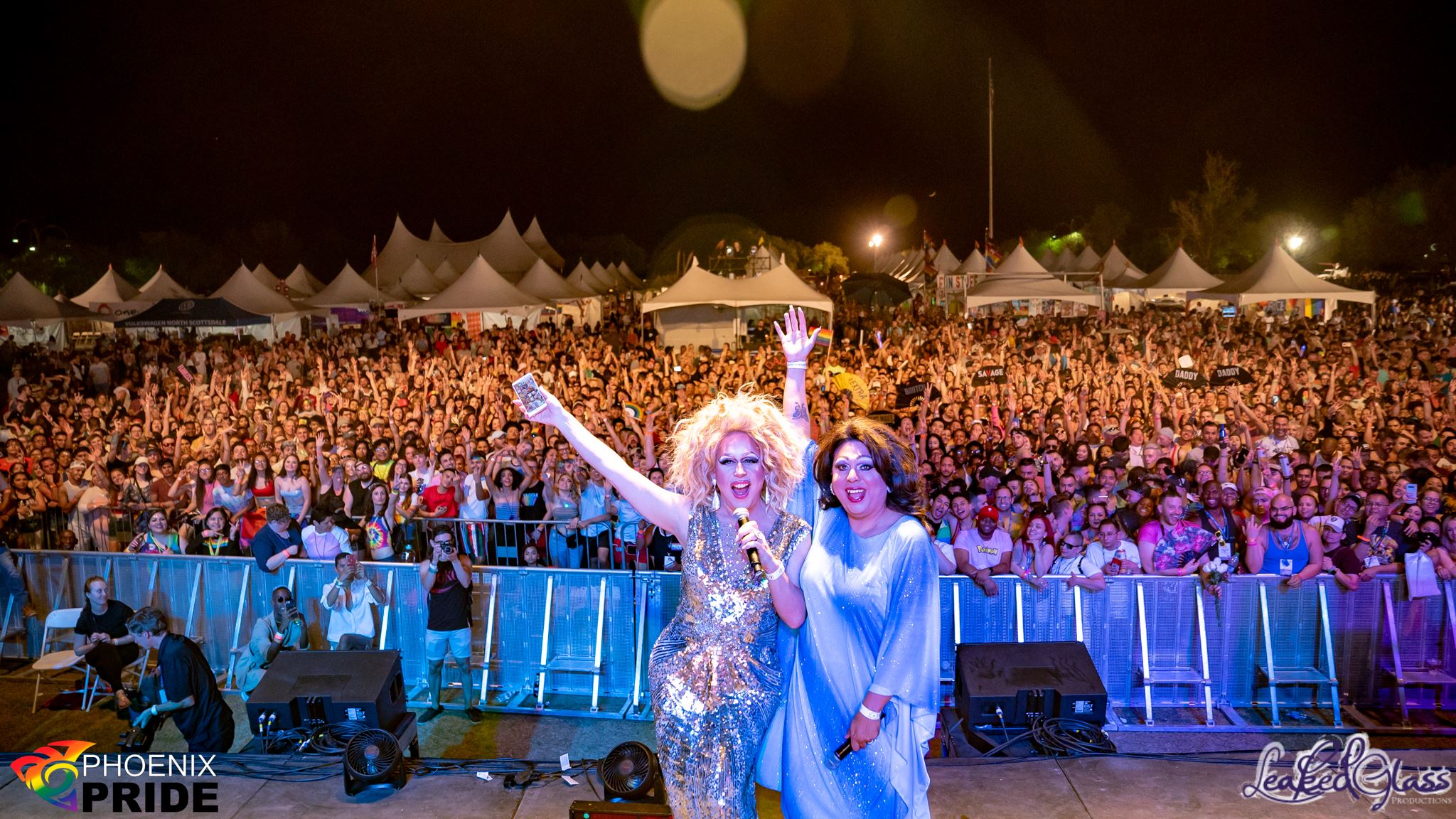Phoenix Pride returns after two years for 40th celebration
It’s always someone’s first pride — and after 2 1/2 years, Phoenix Pride returns this weekend for its 40th celebration for another generation of first-timers.
Whether that involves rainbows or drag queens (or both), LGBTQ+ or allied flags, glitter or t-shirts, leather or heels or none of the above, it is always someone’s first celebration.
“I’m almost envious of anyone who gets to experience Pride for the first time. Enjoy it, tap in, ride the wave,” encouraged Jeremy Helfgot, spokesperson for Phoenix Pride — the straight, cisgendered male, who jokingly claimed his past knowledge of LGBTQ+ was that they were “just letters of the alphabet before he became an ally and spokesperson for Phoenix Pride.
The Phoenix Pride website describes the event as “a two-day celebration designed to bring out diverse LGBTQ+ and allied communities.” For regulars or first-timers, it is sure to be a notable event.
This year’s festival is also the first festival hosted by Phoenix Pride since the COVID-19 pandemic began. Between that and the marking of the 40th anniversary of Phoenix Pride celebrations, it’s slated to be a big deal.
The festival includes a parade, a pageant and much in the way of food, drink and entertainment, including a full line-up of activities that draws tourists and locals alike.
But Pride is not just a party. For some, it is the only time during the year that they feel they can fully express themselves. For others, it is a way to feel like part of a community. “Pride is a way to connect. Pride has so many possibilities,” Ernie Mendoza, former president of Phoenix Pride, said.
Mendoza recounted how far they’ve come since that first march in 1981 from downtown Phoenix to the state capitol. The marches morphed into celebrations that took place at Tempe Diablo Stadium — then still essentially a soccer field — in the heat of June in order to align with Pride Month.
Eventually, after another festival lost its funding, Phoenix Pride was guaranteed a festival slot in April at Margaret T. Hance Park. Not only was the weather better, but so was the location.
In 2001, a microburst shut down that year’s festival. Many on the staff of Phoenix Pride believed that was going to be it for Pride, but they were blown away by the outpouring of donations and support.
The organization has grown, too. Phoenix Pride has built a solid rapport with city officials and lawmakers, recognizing that it is advantageous to the community to focus on being a non-profit educational program. Its community of volunteers and staff members strive to serve the community with outreach and educational programs that include scholarships and grant opportunities.
But it hasn’t been without trial or tribulation. In fact, there’s been criticism about it being taken over by straight allies, and groups such as Trans Queer Pueblo have been outspoken about their concerns. Counter-protestors are also common at Pride events, but Pride’s stance remains firm- Pride is for everybody.
When it comes to how the festival is handled or the organization is being run or the divisiveness between subsets of the community, Mendoza said the focus should be on the bigger picture.
One goal is to bridge and connect the LGTBQ+ community with other communities. Before Phoenix Pride existed, Mendoza recalled the sense of safety in creating relationships within his neighborhood.
“Some of my best friends were straight allies. There was a sense of safety there. It was about community and connection,” he said.
Mendoza continued, “Pride is not just a few policies or procedures; it’s the whole. People are coming there to be happy with who they are, knowing that they’re safe, knowing that they can be their authentic self … that’s a joyous thing.”
More and more people are coming out, feeling comfortable celebrating and being seen in their identities, he explained. To be a part of the LGBTQ+ community is always going to be a fight to those who don’t understand it; but according to Mendoza, it is one that starts with the self.
“The only way that you can change (the world) is to change things with you, with the individual. Pride allows that,” Mendoza continued. “It allows you to find who you are, be who you are, be happy with who you are.”
Whether it’s the first time or a yearly tradition, the community’s hope is that it won’t be the last. “There’s nothing that reaches the novelty and the pinnacle of that first experience, but that feeling doesn’t go away. It stays and it repeats and it continues,” Helfgot concluded.
The opening parade began at 10 a.m. on Saturday. More information on the parade route can be found https://phoenixpride.org/events/pride-parade/ , and more information about Phoenix Pride events can be found at https://phoenixpride.org/.
Note: A previous version of this article incorrectly named Jeremy Helfgot as Jeffrey Helfgot. This article was updated on Nov. 23, 2021.
